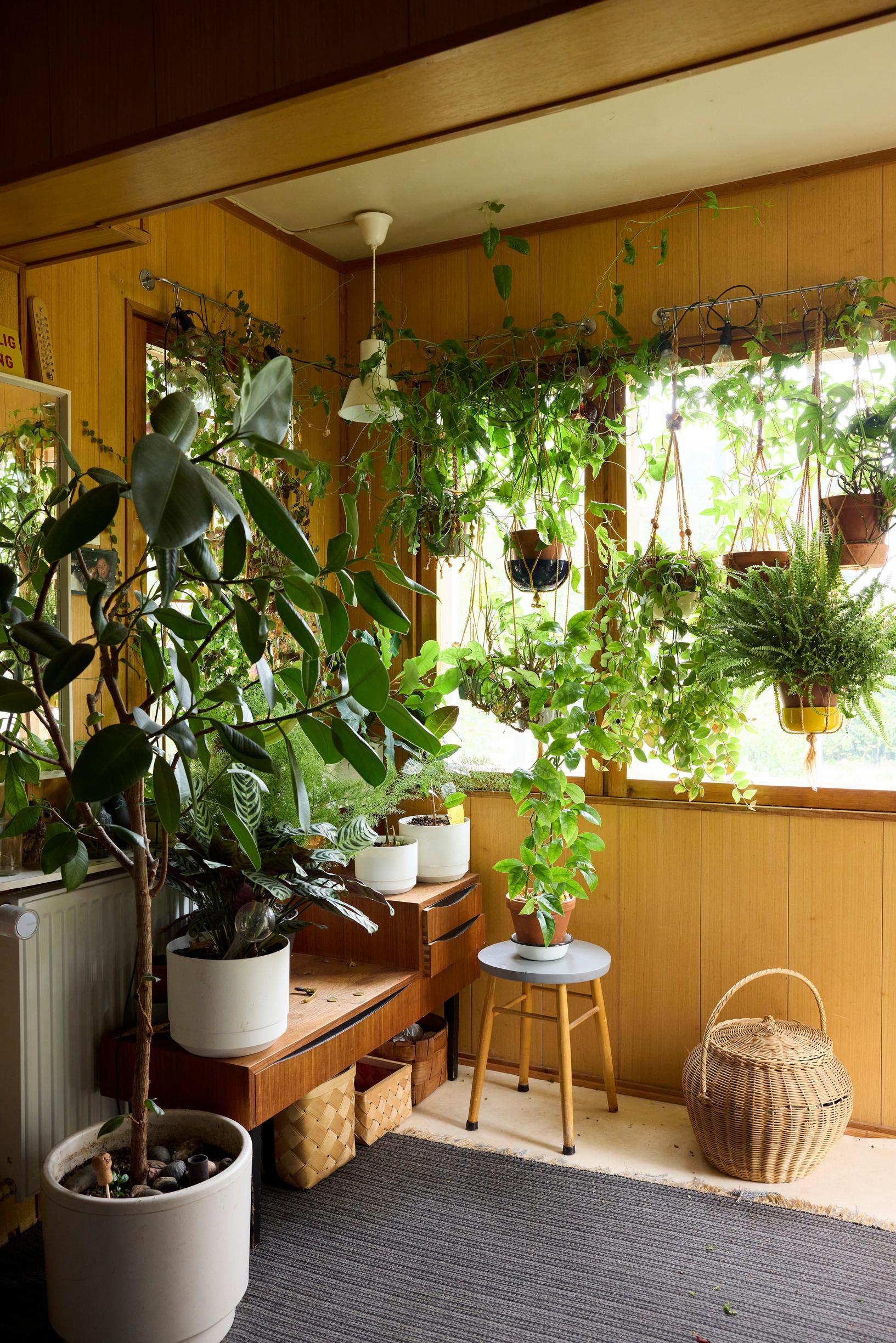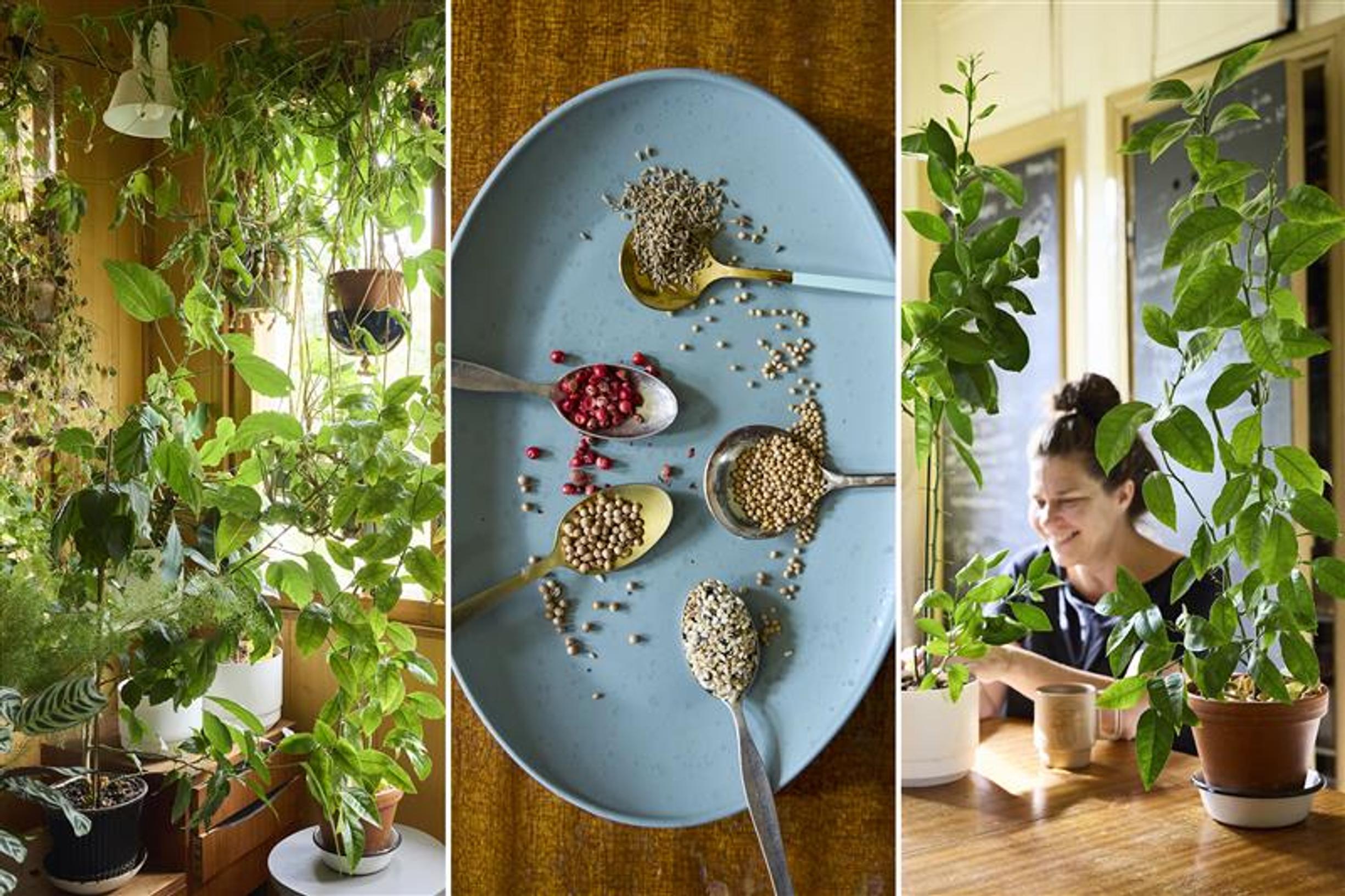
Houseplants from passion fruit, blood orange, sweet potato—and even sesame seeds! Astonishing houseplant experiments
Food journalist Anu Brask grows houseplants from leftover spices and fruit seeds. The most resilient plants in her home have been passion fruit, pink pepper, avocado, and blood orange. “Nothing is thrown away until it has spent some time in soil,” Anu says.
“It all started with pepper. Eight years ago, my husband Jetro and I traveled to Vietnam and were captivated by the enormous pepper vines there. Could we possibly grow them at home, too? The thought wouldn’t let us, two pepper enthusiasts, rest. When we got back, we tried growing black pepper from the dried and fresh peppers we’d brought back, using many different methods. But it didn’t work.
My husband is persistent, so he set out to uncover the pepper plant’s innermost secrets. And before long, we were on our way to where pepper grows. This time, to Turku, Finland.
At the botanical garden of the University of Turku, there’s a beautiful, old pepper vine. They had rooted a cutting for us and left a note: “This one is tricky.” We named that pepper seedling Wilson and took it home to Helsinki, and miraculously, it’s still alive. Although in winter just barely.

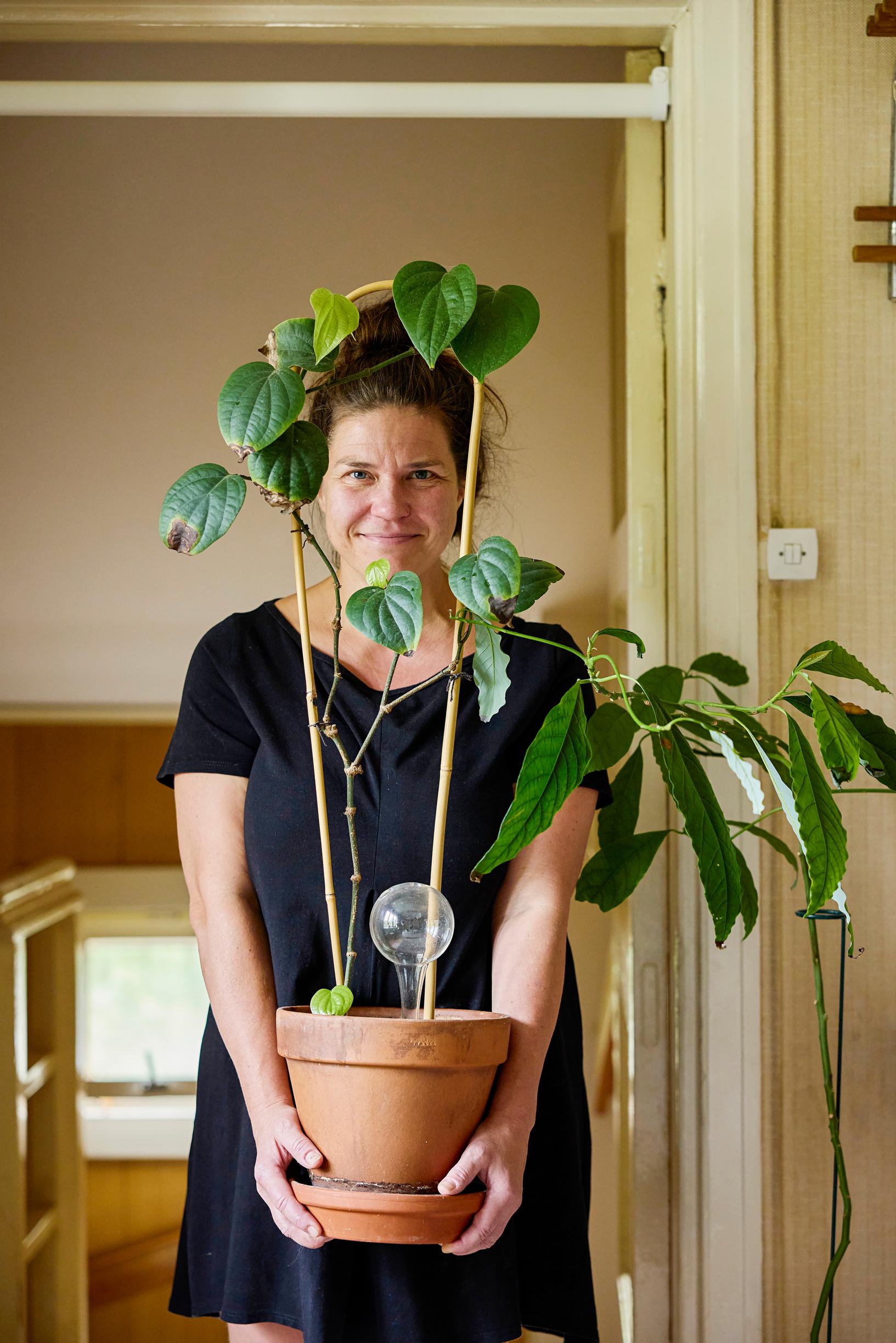

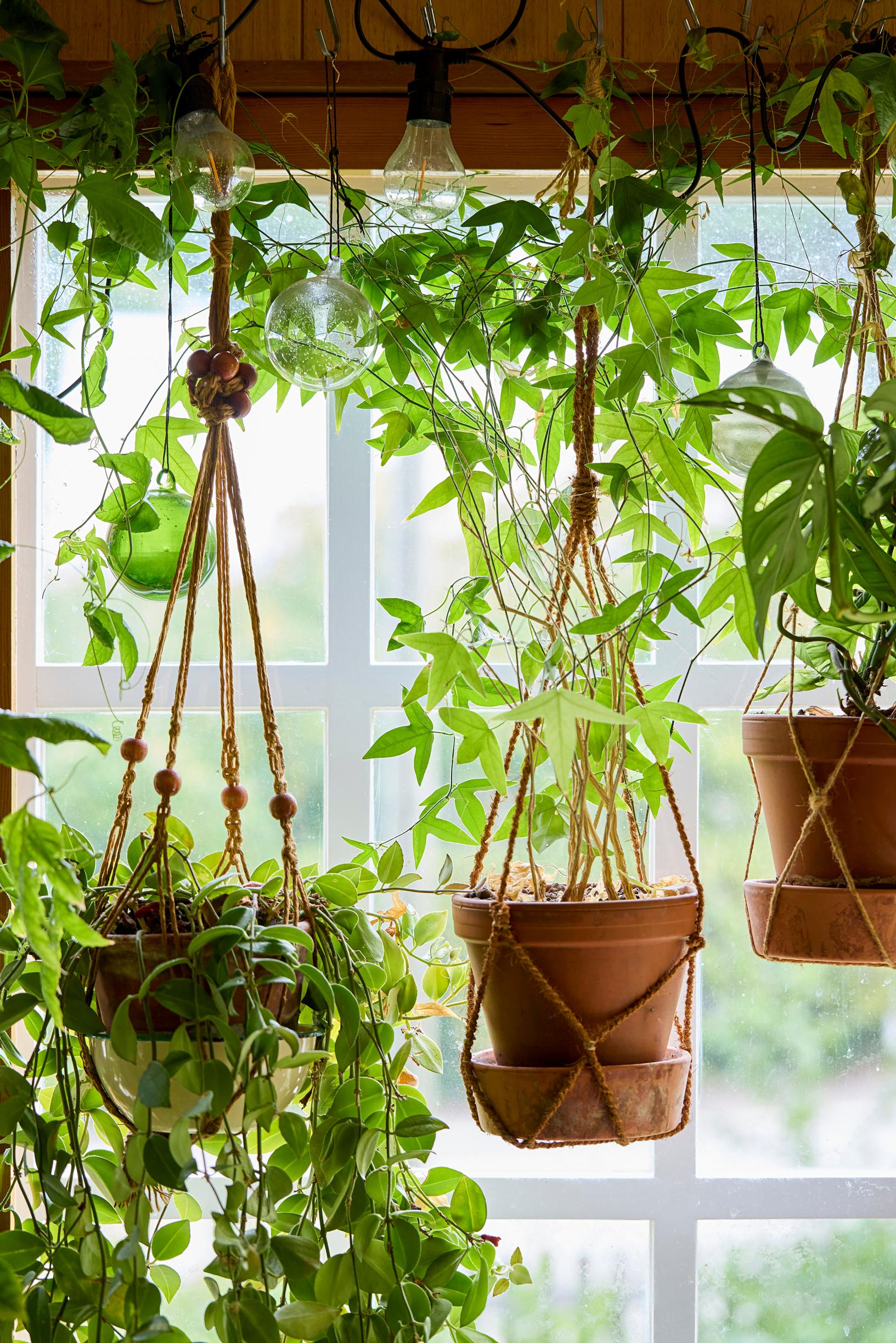

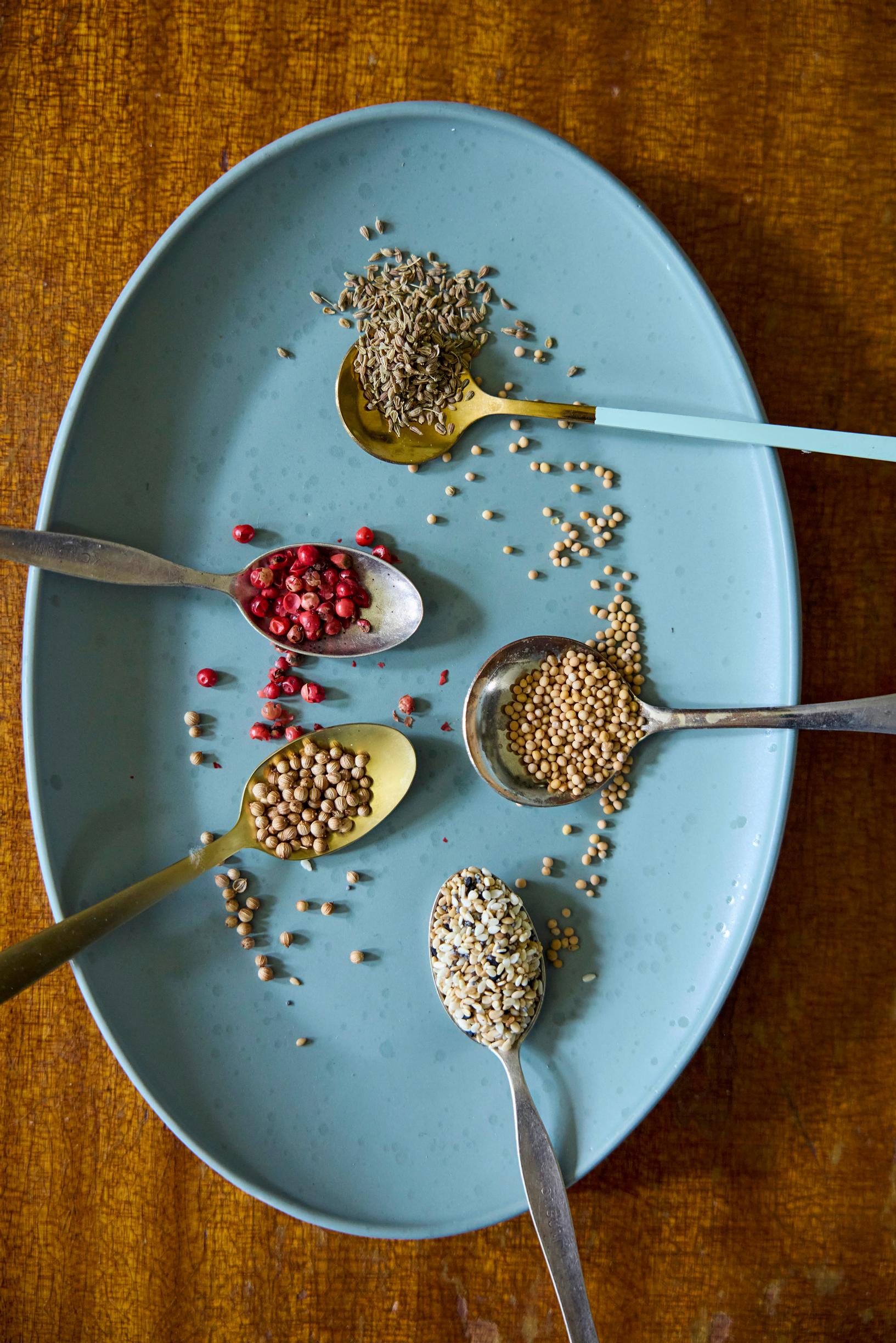

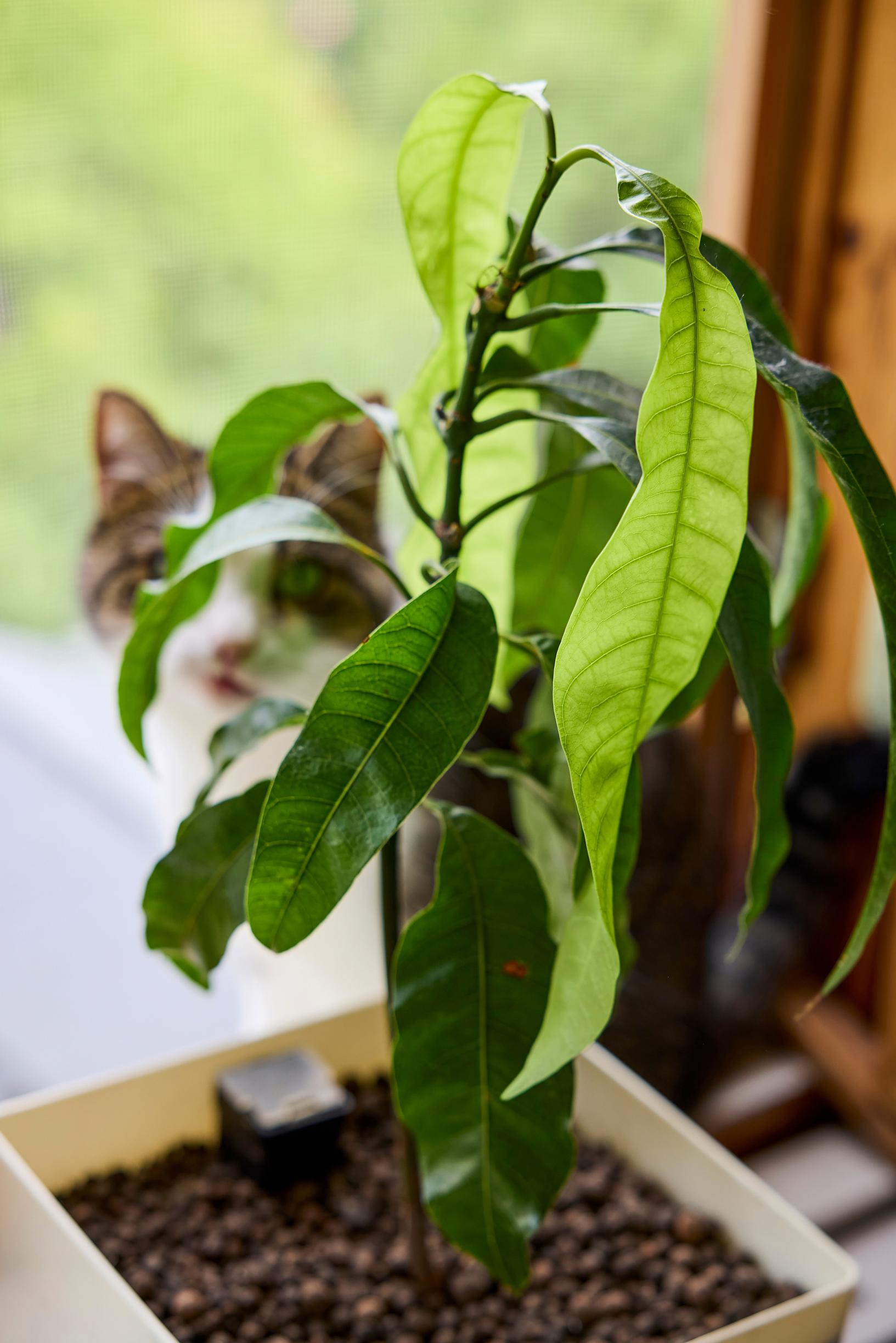
I’m not particularly nurturing or meticulous as a plant owner, so over the years, I’ve spent quite a bit of money on houseplants. But thanks to our pepper experiment, I got the idea to grow other edible “leftover plants”. I realized that thanks to my work as a food editor, my kitchen is always full of potential experiments: fruit seeds, avocado pits, and wilted herbs destined for compost. Plus, my cupboards hold a vast number of spices.
My first experiment was a sweet potato I found at the back of the vegetable drawer in the fridge, already sprouting tiny root filaments. I placed it in a glass of water, and soon the roots filled the glass and the tuber grew buds. I planted the sweet potato in a large pot, and it quickly grew into a truly impressive vine. In the summer, I moved the pot to the garden, and eventually it even bloomed with some lovely trumpet-shaped flowers.

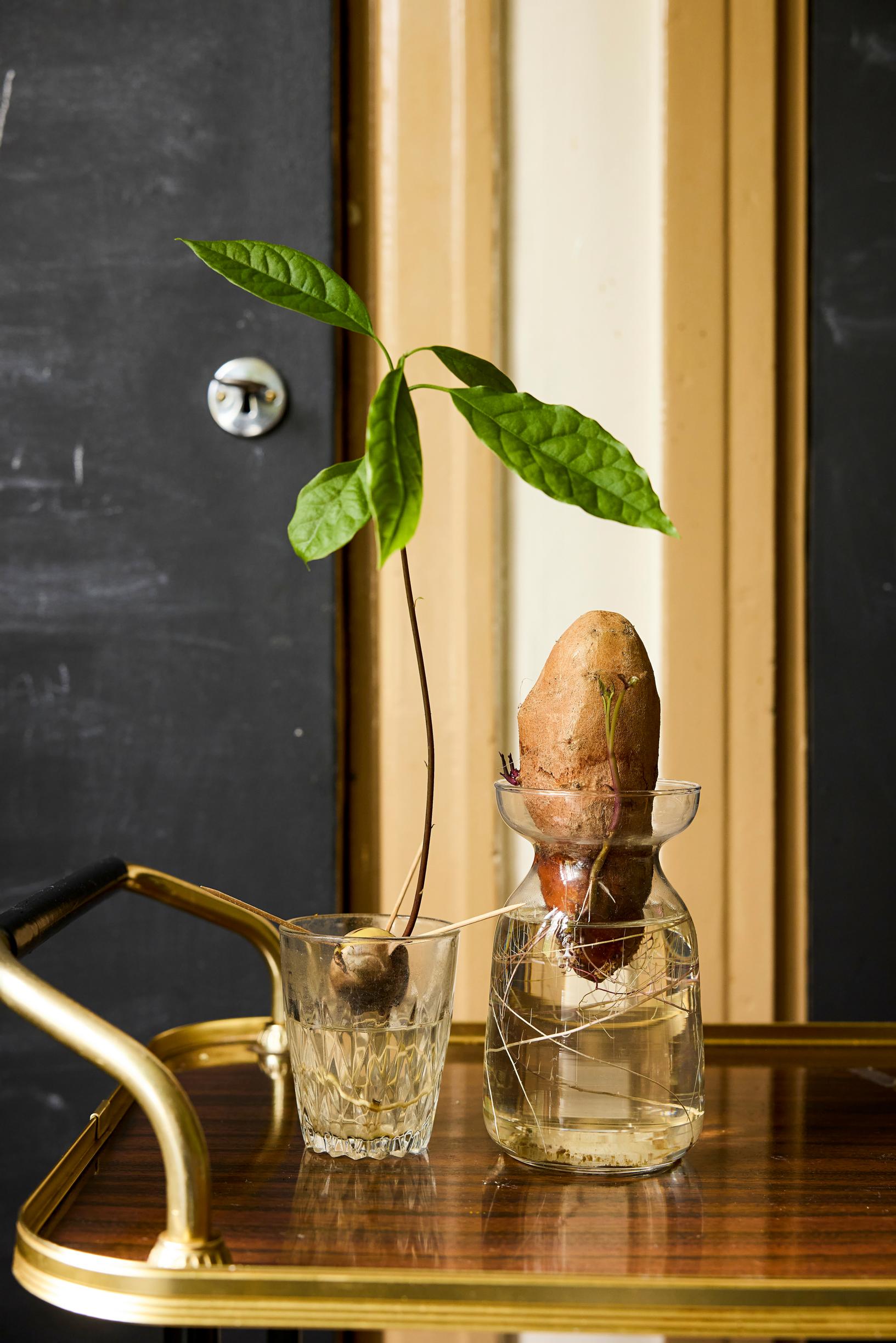
The sweet potato is an annual tuber, so the joy of its growth didn’t last forever. Still, I found one final surprise in the pot: a couple of tubers the size of my fingertip.
Some of my potted plants have gotten to celebrate their anniversaries: I’ve successfully grown two robust blood oranges, mangoes, avocados, and a passion fruit, which can barely fit in the entryway anymore. As a joke, I tossed a few leftover pink peppercorns from a spice bag into a pot a couple of years ago. After a painfully slow start, they turned into a climbing privacy screen by our living room window. I’ve had to prune it thoroughly just to close the curtains.

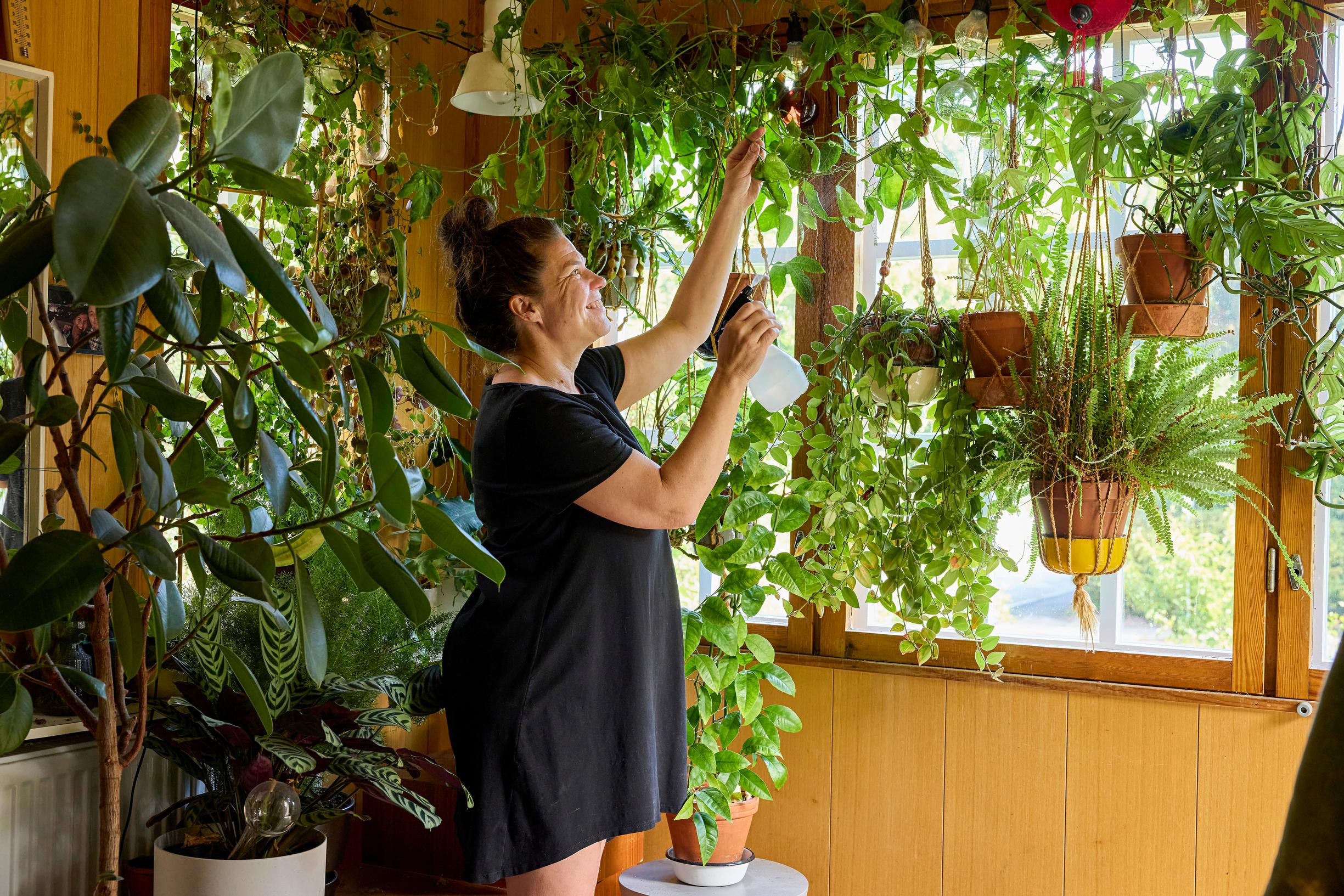

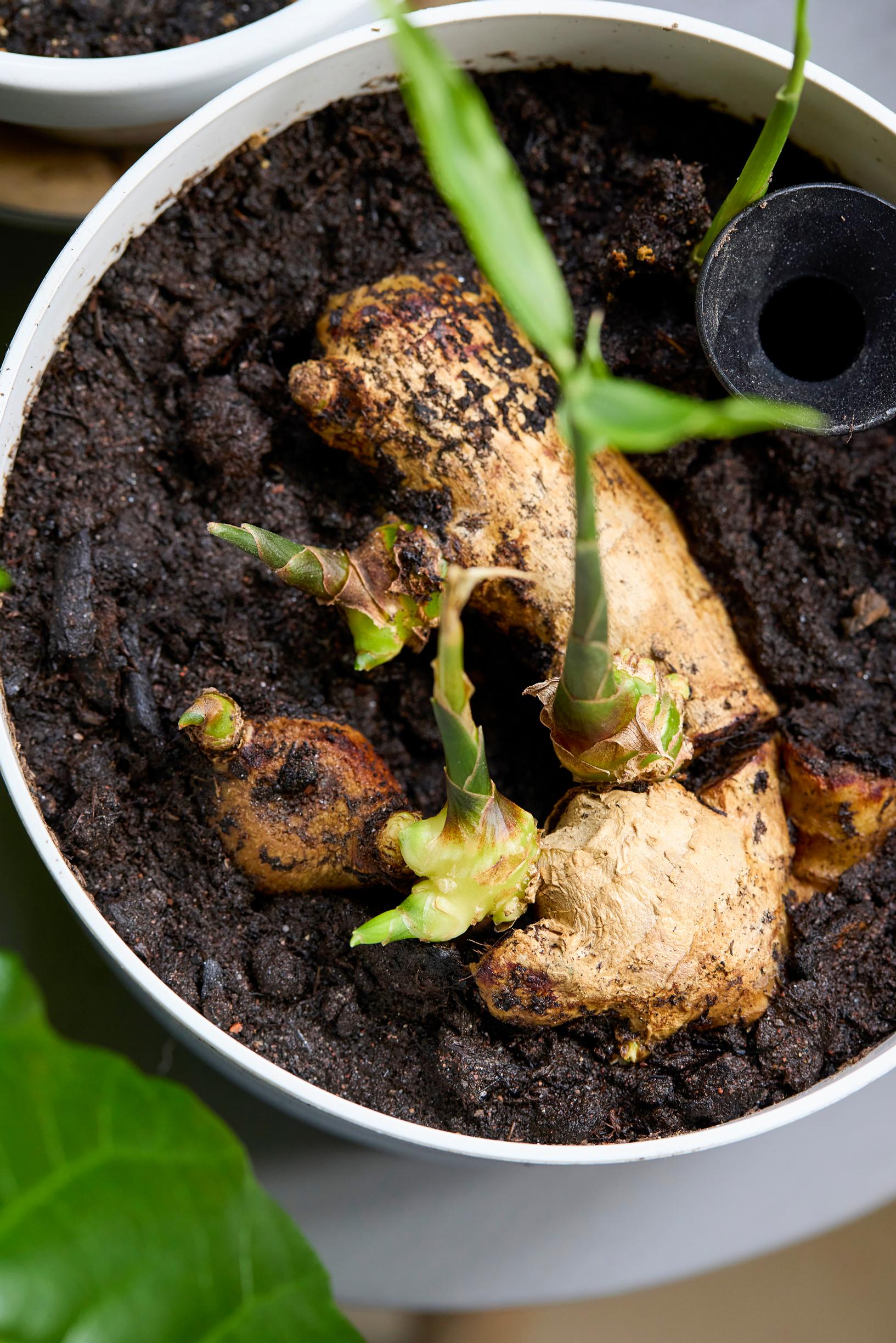

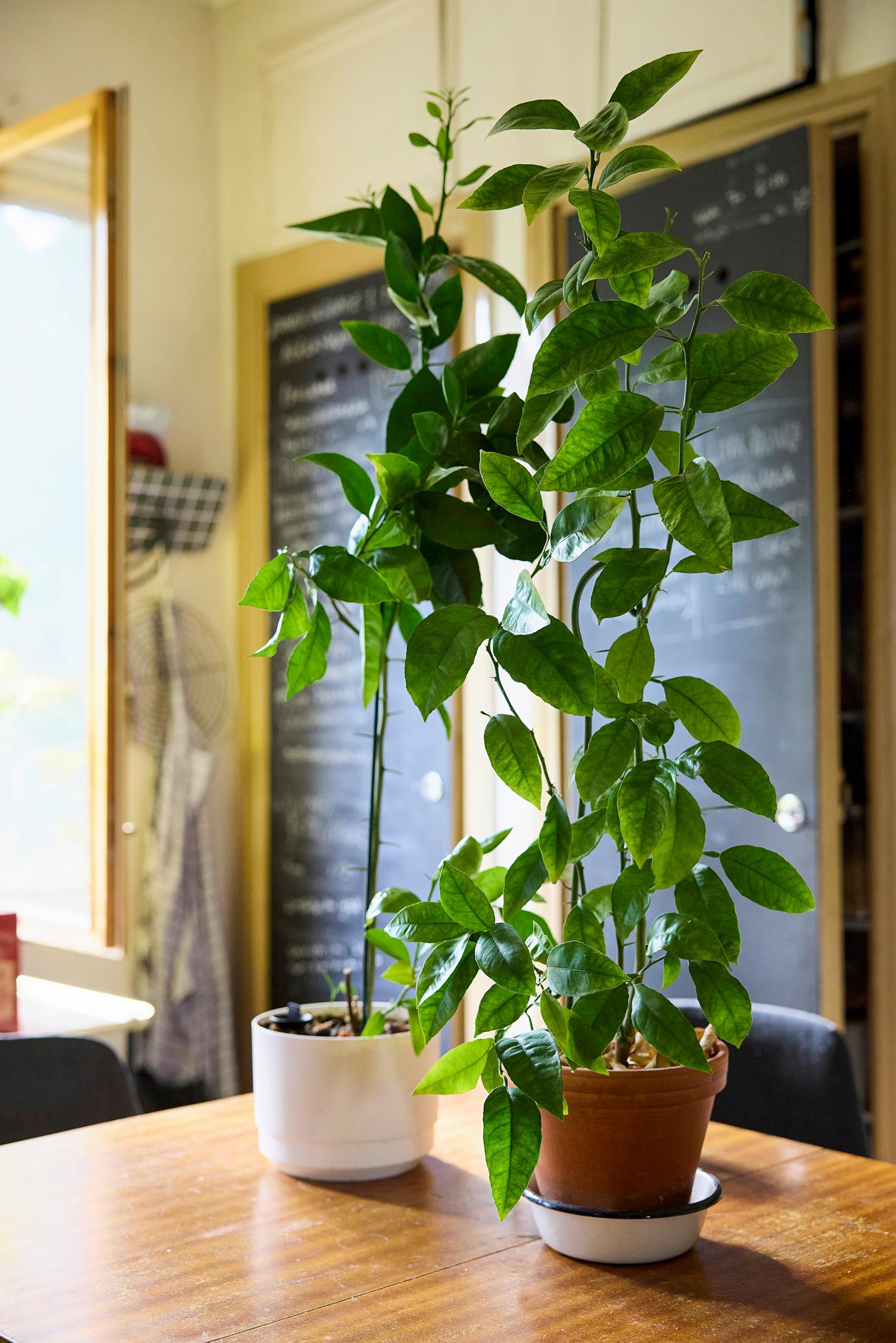
There have been failures, too—plenty of them. I’ve tested how peanuts, cardamom, and star fruit might grow. At first, they looked promising, but I probably overwatered them. They inevitably died. I’ve had both successes and failures with dates, kiwi, dragon fruit, and pomegranate. Still, I keep trying them every year. One day, I’ll succeed!
By now, it’s clear that only the toughest plants can make it in our home. My rule is: you can stay if you manage to live. I’m more laid-back about leftover houseplants than about the others. It’s sad when a small tree I’ve grown from a mango seed dies, but it’s not a catastrophe because I can always grow a new one for next to nothing. My entire leftover-plant hobby has come to the point that nothing is tossed out until it has spent some time in soil. If will grow if it wants to.”

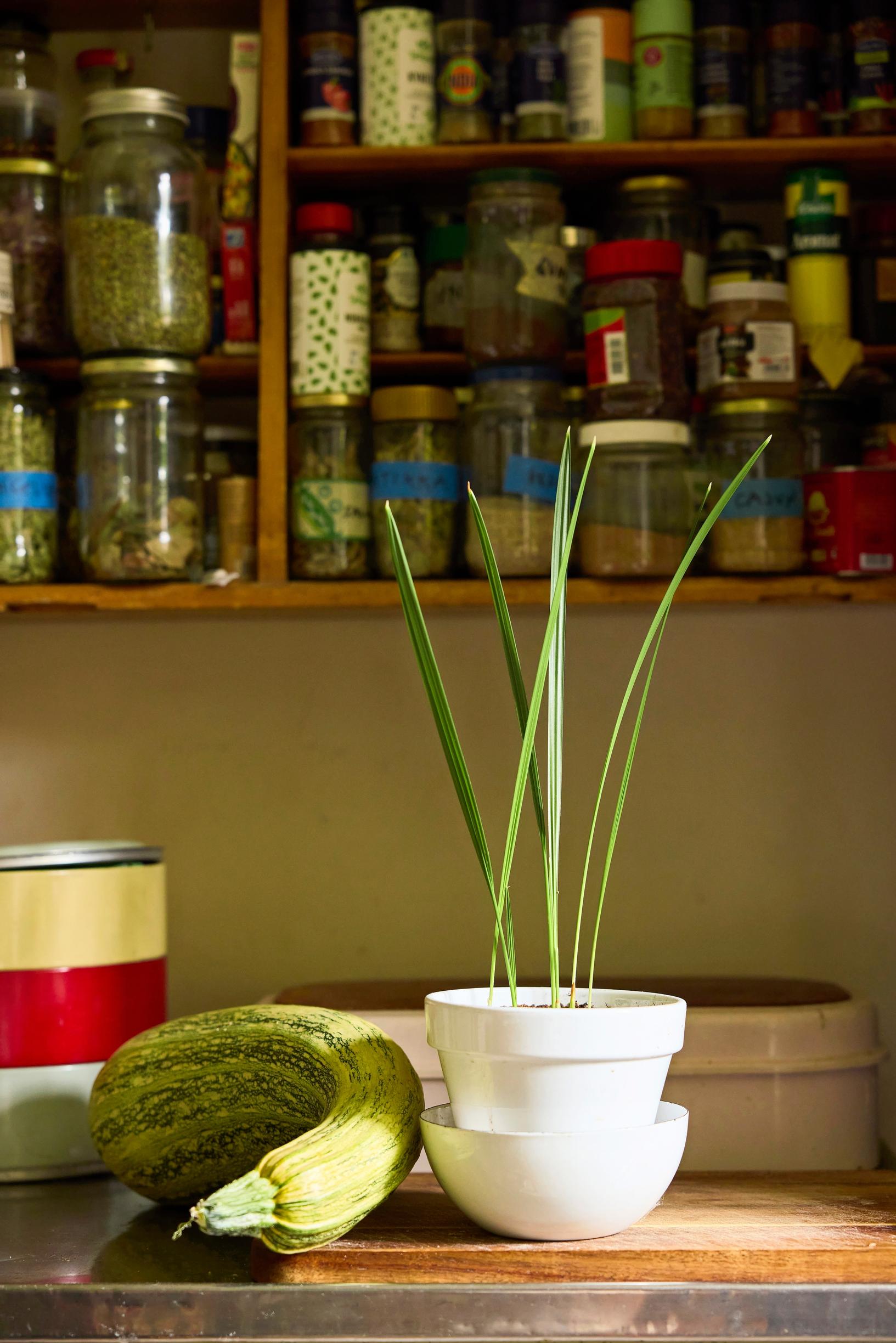

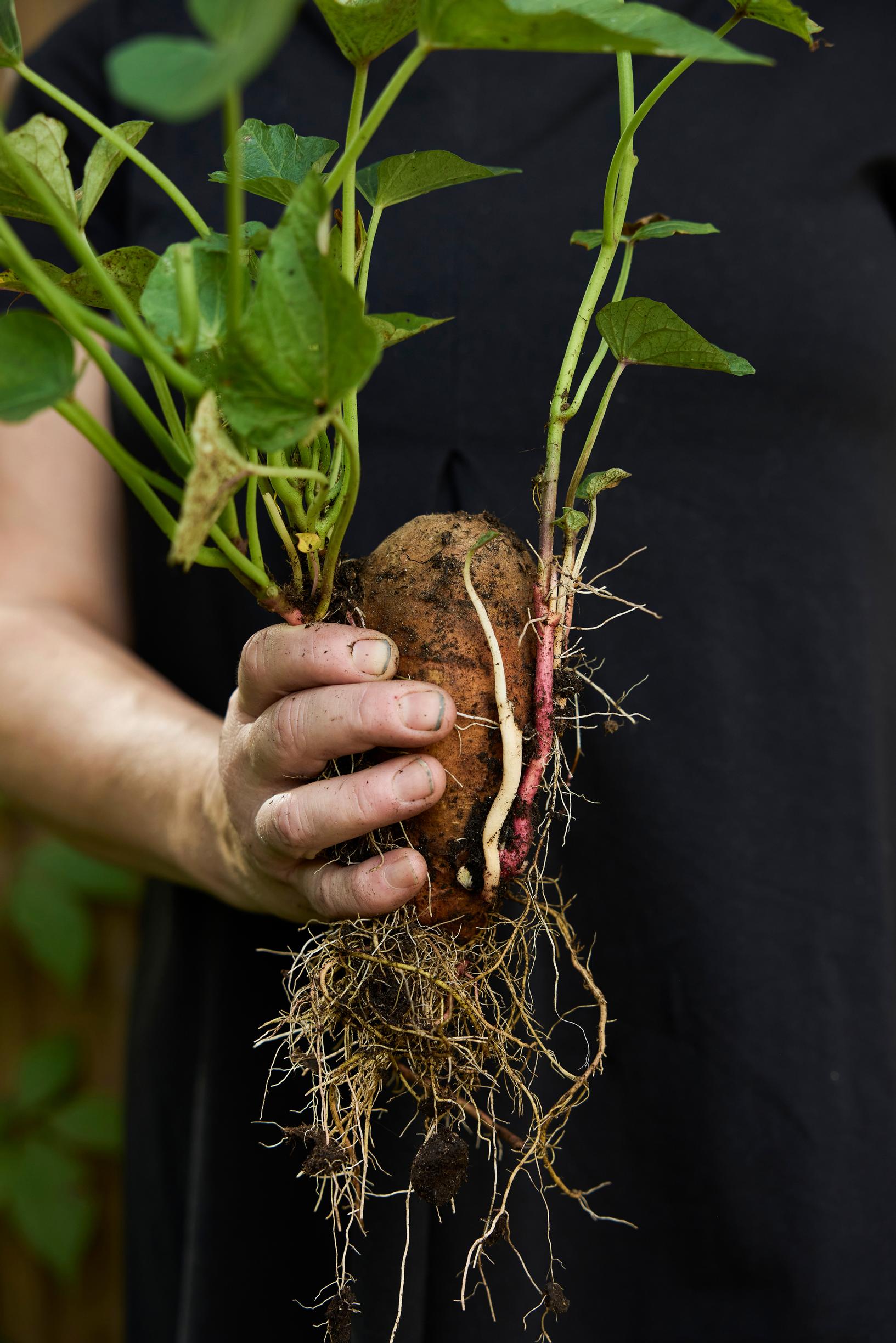

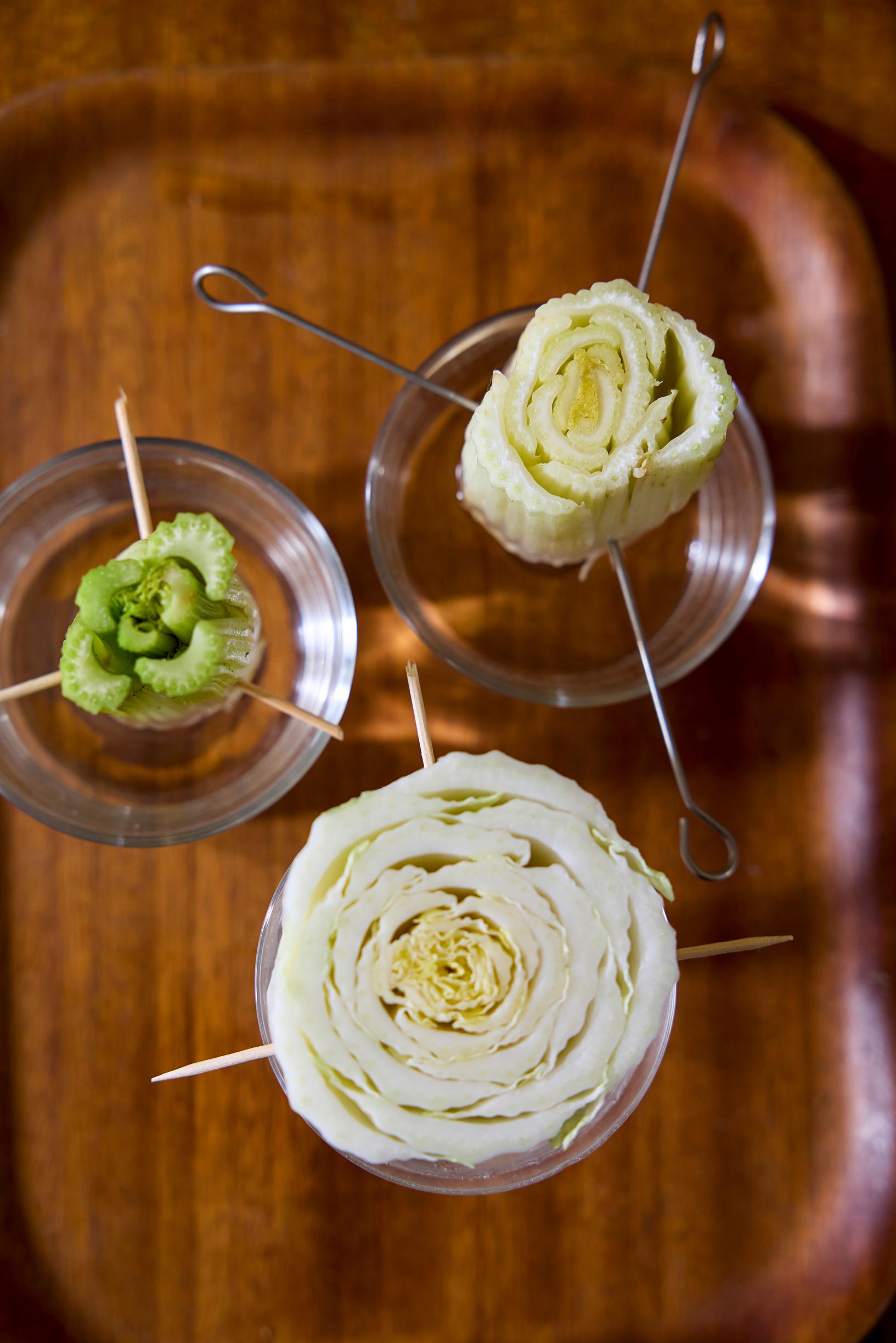
Anu’s tips for growing “leftover plants”
1. Keep growing new seedlings
Try germinating seeds without worrying too much. I’m always sticking them into the soil around my bigger houseplants. Once they grow big enough, I move them to their own pots.
2. Label your plantings
Always remember to mark what you’ve sown and where. Later on, it can become difficult to tell which tiny seedling is which, no matter how sure you were that you’d remember.

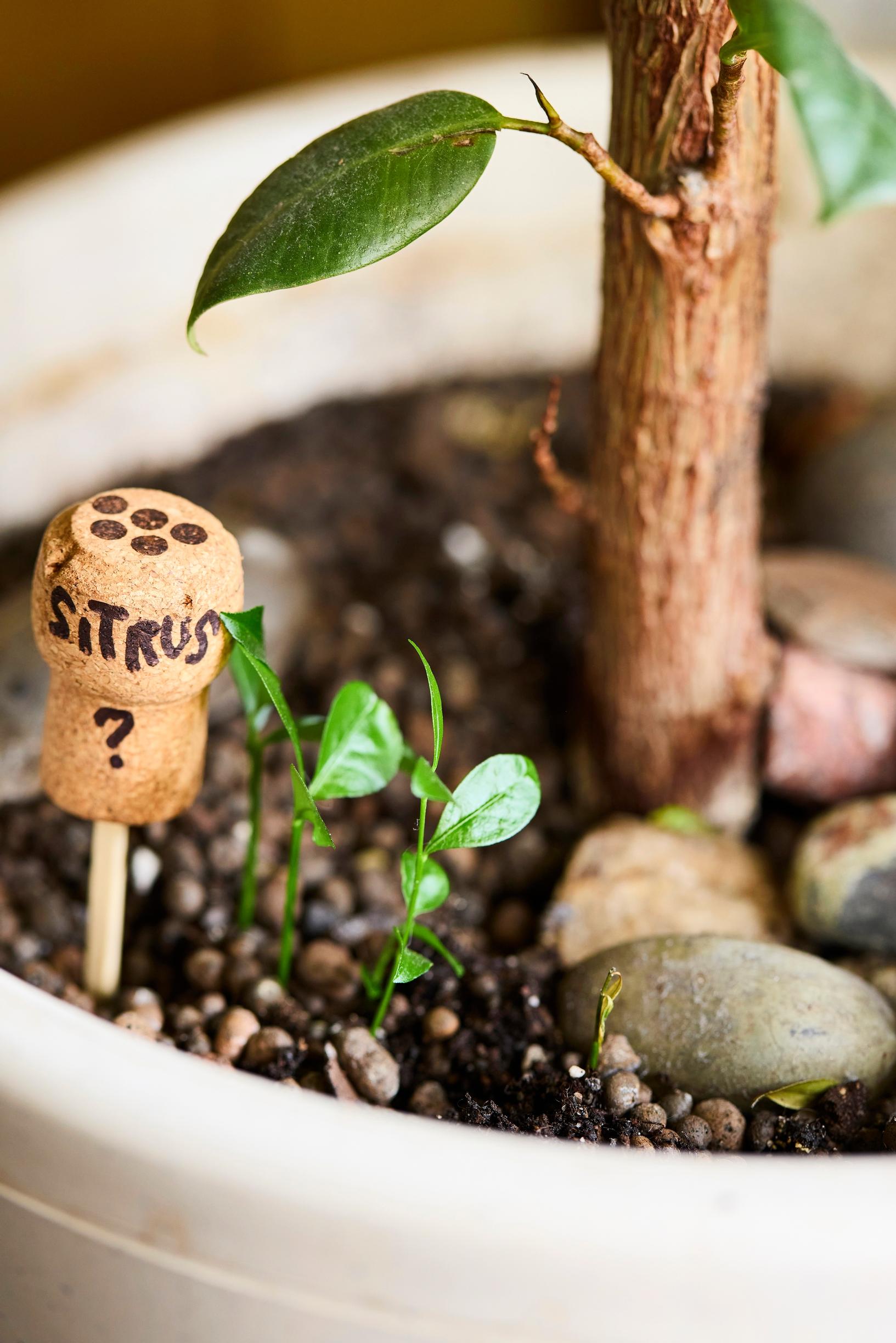
3. Provide your plants with light and mist
Tropical plants benefit from extra light in summer, but in winter it’s absolutely crucial. They also need plenty of misting, and in winter, it’s a good idea to occasionally give the thirstiest tropicals, like avocados, mangoes, and kiwis, a quick shower.
4. Seek peer support
You can find plenty of information and tips from other enthusiasts in Facebook groups that focus on growing plants from fruit seeds and spices. There are also many helpful articles online. Take a peek at Kotona’s article on houseplants grown from grocery store fruit seeds.
5. Use organic spices
With spices, all you can do is experiment to see if they’ll germinate. You’ll have the best chance of success with organic spices because they cannot be irradiated, unlike conventionally produced ones. Also, the fresher the spice, the more likely it is to sprout. It’s worth looking at Asian grocery stores, too. They often carry a wider range of whole spices than regular supermarkets.

